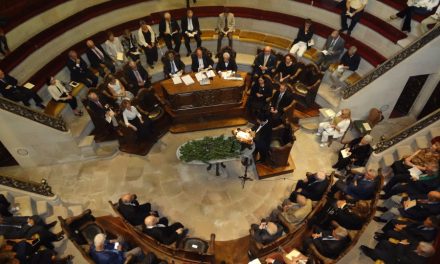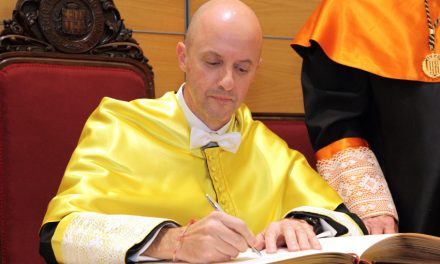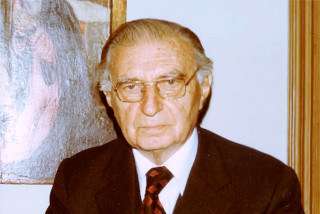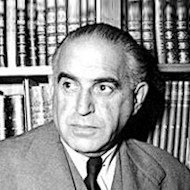 The Royal European Academy of Doctors-Barcelona 1914 (RAED) presents the 10th installment of the series dedicated to the most notable academicians of its centennial history, this time to another of its illustrious characters and reference of universal medicine: the renowned Spanish endocrinologist, scientist, historian and thinker Gregorio Marañón (1887-1960). Another of the great figures of science and thought that have been part of the RAED and that the current Government Board wants to thank, acknowledge and claim, in the conviction that those who have no memory, have no future. The selection of these selected academicians, from all fields of knowledge, is the result of research carried out for the publication of the “Book of the Centenary” of the Royal Academy, published three years ago. Personalities that transcend their historical context to appear today as referents of knowledge.
The Royal European Academy of Doctors-Barcelona 1914 (RAED) presents the 10th installment of the series dedicated to the most notable academicians of its centennial history, this time to another of its illustrious characters and reference of universal medicine: the renowned Spanish endocrinologist, scientist, historian and thinker Gregorio Marañón (1887-1960). Another of the great figures of science and thought that have been part of the RAED and that the current Government Board wants to thank, acknowledge and claim, in the conviction that those who have no memory, have no future. The selection of these selected academicians, from all fields of knowledge, is the result of research carried out for the publication of the “Book of the Centenary” of the Royal Academy, published three years ago. Personalities that transcend their historical context to appear today as referents of knowledge.
Born in Madrid in a well-off family, he studied Medicine at the then Central University of Madrid, where he was a student of Santiago Ramón y Cajal, and studied postgraduate in Germany. His international prestige and his commitment to public health led him to be part of the official commission that addressed the influenza pandemic that Spain suffered in 1918. There he coincided with leading specialists such as Edward Babinski, Almroth Wright, Alexander Fleming and Harvey Williams Cushing. In 1922 he accompanied Spanish King Alfonso XIII on a historic expedition to Las Hurdes and, now as a reference scientist, he was elected member of the Royal National Academy of Medicine and president of the Athenaeum of Madrid.
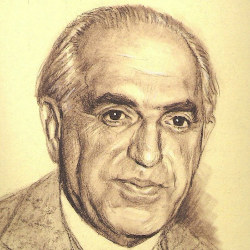 Contrary to the dictatorship of Primo de Rivera, after his fall he signed with José Ortega y Gasset and Ramón Pérez de Ayala the manifesto “Grouping to the Service of the Republic”, which Antonio Machado later joined. On April 14, the historic meeting between Niceto Alcalá Zamora and the count of Romanones was held at Marañón’s home, where the departure of Alfonso XIII to exile and the proclamation of the Second Spanish Republic were decided. In June he was elected Deputy to the Constituent Courts.
Contrary to the dictatorship of Primo de Rivera, after his fall he signed with José Ortega y Gasset and Ramón Pérez de Ayala the manifesto “Grouping to the Service of the Republic”, which Antonio Machado later joined. On April 14, the historic meeting between Niceto Alcalá Zamora and the count of Romanones was held at Marañón’s home, where the departure of Alfonso XIII to exile and the proclamation of the Second Spanish Republic were decided. In June he was elected Deputy to the Constituent Courts.
During the Republic he was elected a member of the Royal Spanish Academy of Language and the Royal Academy of History. After the civil war he went into exile in France and worked in different South American countries, until in 1944 he returned to Spain and joined his place at the then Provincial Hospital of Madrid, which today bears his name. In that period he was elected member of the Royal Academy of Exact, Physical and Natural Sciences, of the Royal Academy of Fine Arts of Saint Ferdinand and honorary academician of the current Royal European Academy of Doctors-Barcelona 1914 (RAED). It’s estimated that during his long career as a professional and researcher he published more than half a thousand specialized monographs.


